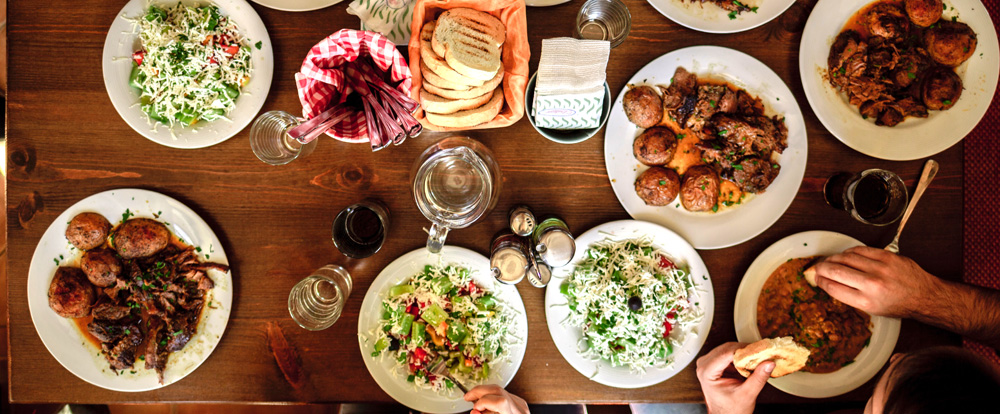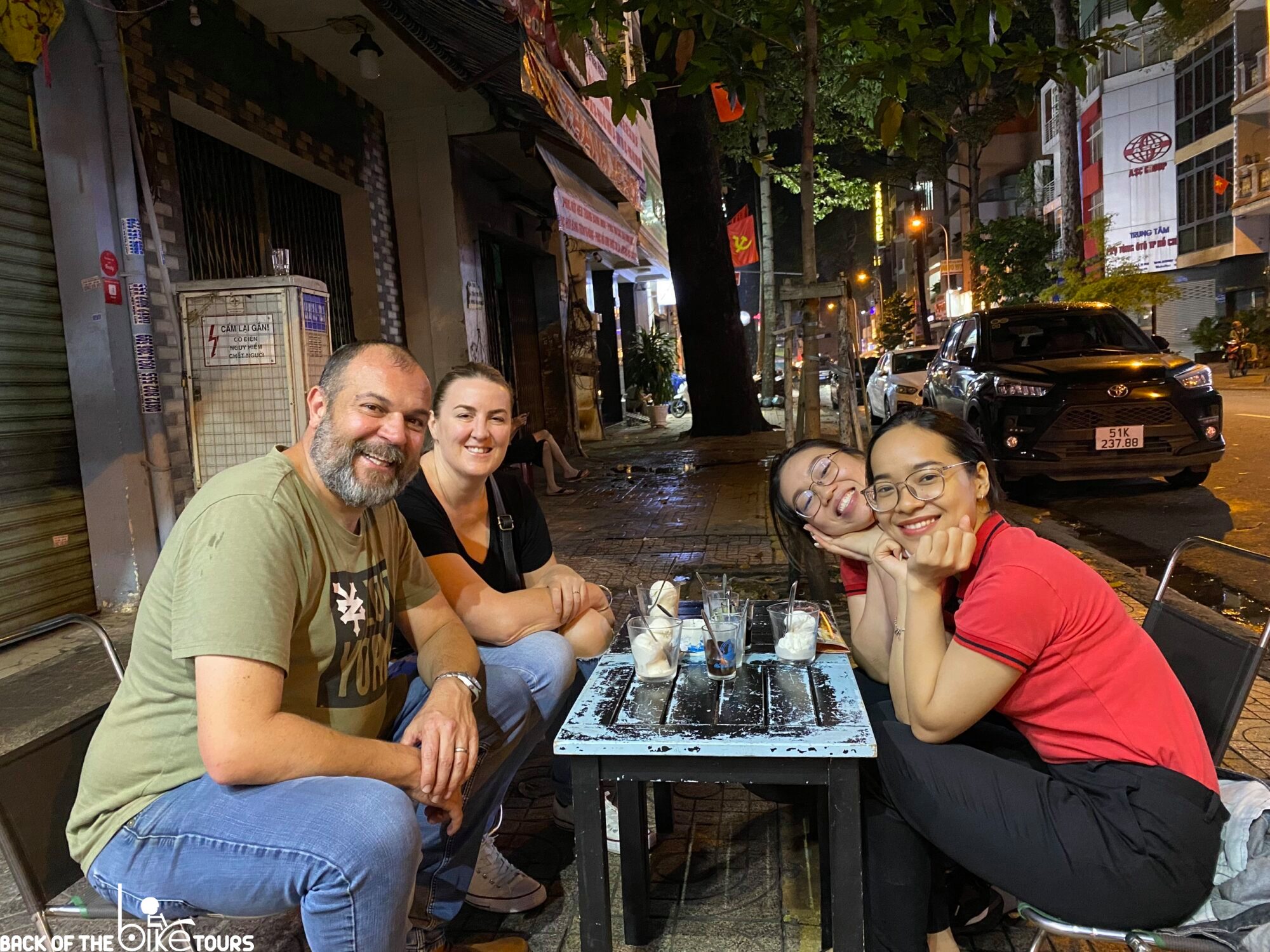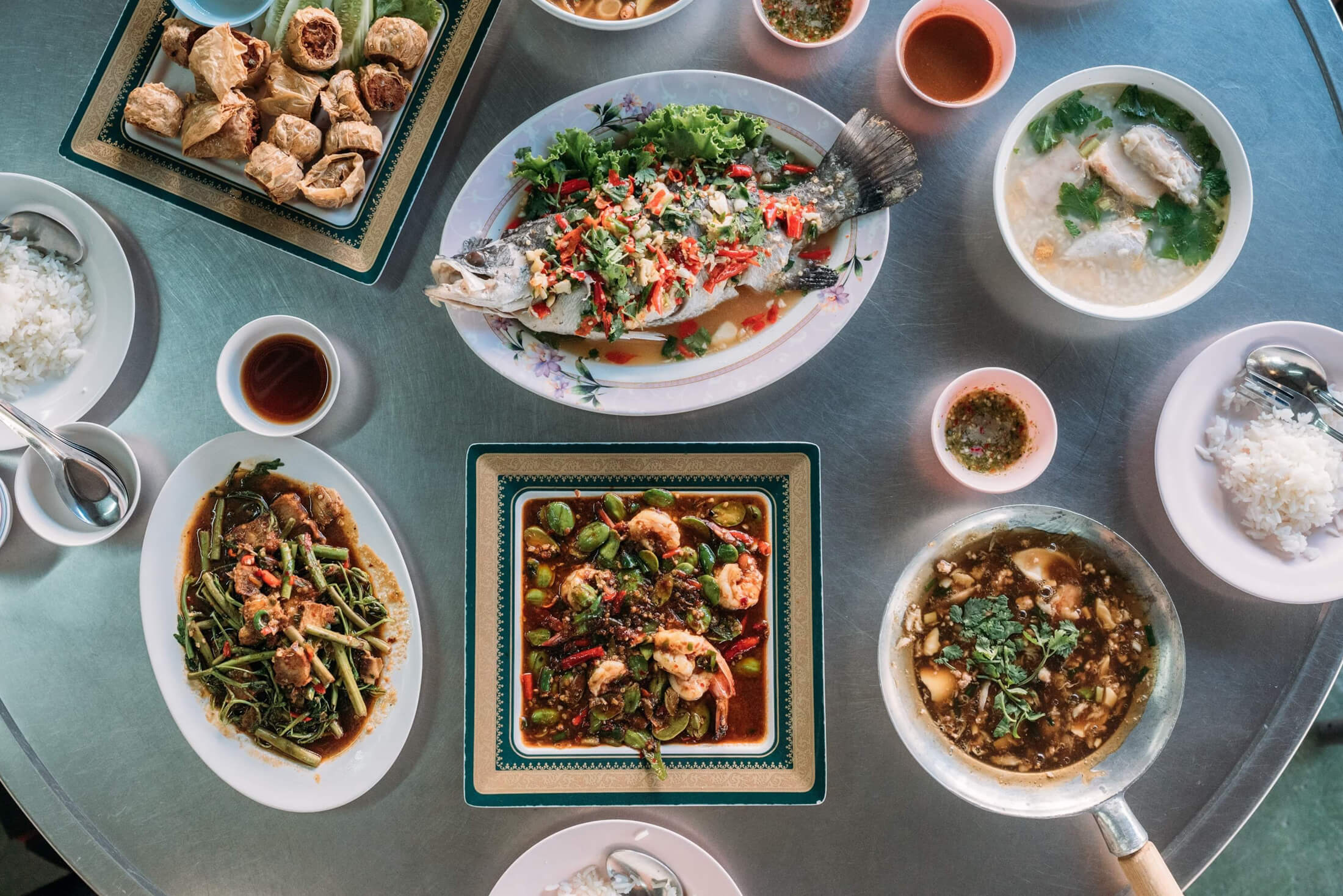Hanoi Food Tours: Journey Via Taste and Culture
Hanoi Food Tours provide a special possibility to involve with the city's culinary heritage, offering individuals a chance to experience not only the varied tastes yet also the cultural narratives that accompany each dish. As one navigates via the roads of Hanoi, an expedition of the social value behind iconic recipes awaits, motivating one to take into consideration just how these tastes form the identification of this vibrant city.
Culinary Highlights of Hanoi
Although Hanoi is renowned for its rich background and vibrant culture, its cooking scene is similarly engaging, offering a varied selection of tastes and meals that reflect the city's unique heritage. Central to Hanoi's cuisine is the renowned Pho, a fragrant noodle soup generally made with beef or chicken, enhanced by a fragrant broth infused with spices like celebrity anise and cinnamon. An additional staple is Bun Cha, which features barbequed pork patties served with vermicelli noodles and a zesty dipping sauce, exemplifying the harmonious equilibrium of pleasant, salty, and sour flavors.
Road food plays a considerable role in the culinary landscape, with vendors offering delicacies such as Banh Mi, a Vietnamese sandwich loaded with meats, fresh veggies, and tangy dressings. Furthermore, the traditional recipe of Cha Ca, marinated fish sautéed with turmeric extract and dill, supplies an unique taste of regional components and food preparation methods.

Popular Food Scenic Tour Options
Exploring Hanoi's cooking landscape via food trips offers an immersive experience that showcases the city's cooking practices and diverse tastes (hanoi food tour). Amongst one of the most preferred choices are road food scenic tours, which assist participants through surprise alleyways and dynamic markets, sampling famous recipes like pho, banh mi, and bun cha. These tours often include communications with local suppliers, supplying understandings into the prep work of each meal
One more preferred selection is a cooking course combined with a market visit. Participants first check out neighborhood markets to pick fresh active ingredients before going back to a cooking college or neighborhood home to find out traditional cooking methods. This hands-on experience not just grows appreciation for Vietnamese cuisine but additionally equips travelers with skills to recreate recipes back home.
For those looking for a distinct viewpoint, motorcycle food excursions use an electrifying means to navigate the city while tasting a range of road foods in numerous areas. Furthermore, specialized tours concentrating on vegan or vegetarian food accommodate dietary preferences, making sure inclusivity. Each tour provides a distinctive chance to engage with Hanoi's vivid food scene, making them a crucial part of any kind of cooking trip in the city.
Social Significance of Neighborhood Meals
The social value of neighborhood dishes in Hanoi extends far beyond simple nourishment; it reflects the city's rich history and diverse impacts. Each meal functions as a narrative, informing tales of the numerous neighborhoods that have actually formed the culinary landscape of this vibrant city. For example, the cherished Pho, an aromatic noodle soup, embodies the melding of Vietnamese ingredients with French cooking strategies presented during colonial policy.
Moreover, local meals frequently represent socio-economic conditions and regional specializeds, showcasing the agricultural bounty of the surrounding areas. Street food, such as Banh Mi and Bun Cha, is not only a testament to the resourcefulness of regional vendors however also an event of common eating society, where food comes to be a medium for social communication.
Additionally, typical foods are frequently linked with rituals and events, marking vital life occasions and common celebrations. The prep work and sharing of these meals cultivate a feeling of belonging and continuity within the area. Ultimately, the food of Hanoi offers not simply to nurture the body, but to connect people with their heritage, making every meal a cultural experience steeped in background and importance.
Tips for an Authentic Experience
An authentic food experience in Hanoi needs even more than merely sampling widely known meals; it includes engaging oneself in the neighborhood society and adopting the methods of the citizens. Start by involving with regional suppliers at flea market, where you can observe the prep work of standard recipes and engage with the chefs. This not just enhances your understanding of the food yet likewise promotes connections with the community.
An additional suggestion is to welcome the local eating decorum. As an example, several Vietnamese meals are taken pleasure in family-style, so do not wait to share meals. Additionally, make use of chopsticks correctly, as this is an indicator of regard for the culinary custom.

Checking Out Covert Food Gems
Hanoi is home to numerous concealed food gems that supply a distinct preference of regional cooking practices. Nestled within charming alleyways and busy roads, these dining establishments serve recipes that mirror the rich social her latest blog tapestry of the Recommended Site city. One such gem is "Bánh Cuốn," a delicate rice noodle meal frequently loaded with diced pork and mushrooms, normally delighted in with a side of tasty dipping sauce.
An additional must-try is "Phở Bò," found in little, family-run dining establishments where recipes have actually been given with generations. The fragrant broth and tender beef exhibit Hanoi's proficiency in balancing flavors.
Checking out these local faves usually results in unanticipated culinary thrills, like "Chả Cá," a grilled fish recipe marinated in turmeric and dill, offered with vermicelli noodles and peanuts.

Conclusion
In conclusion, Hanoi Food Tours offer an enriching experience that transcends mere dining, welcoming participants to involve deeply with the city's culinary heritage. The diverse choices readily available, from road food expeditions to immersive food preparation classes, help with a profound understanding of local flavors and traditions. By focusing on authentic interactions with vendors and exploring lesser-known restaurants, individuals can fully value the social value of Hanoi's food, inevitably cultivating a discover here higher recognition for the city's lively gastronomic landscape.
Hanoi Food Tours provide a distinct chance to engage with the city's culinary heritage, offering individuals a possibility to experience not only the diverse tastes however also the cultural stories that go along with each dish.Exploring Hanoi's cooking landscape via food trips offers an immersive experience that showcases the city's varied tastes and culinary practices. hanoi food tour.For those looking for an one-of-a-kind point of view, motorbike food excursions use an exciting means to navigate the city while sampling a variety of street foods in various areas.A genuine food experience in Hanoi requires even more than simply tasting well-known recipes; it involves involving oneself in the regional society and embracing the techniques of the citizens.Hanoi is home to many covert food treasures that provide an one-of-a-kind taste of neighborhood culinary traditions